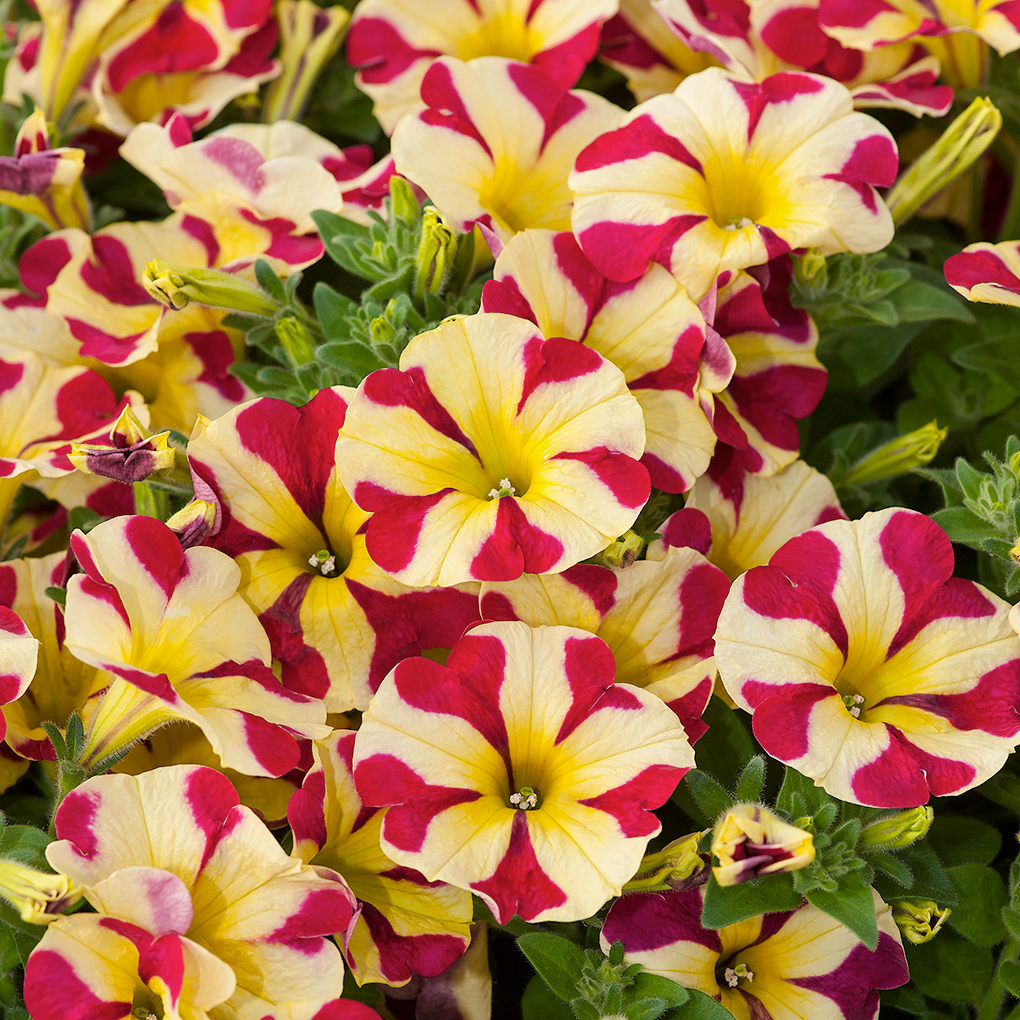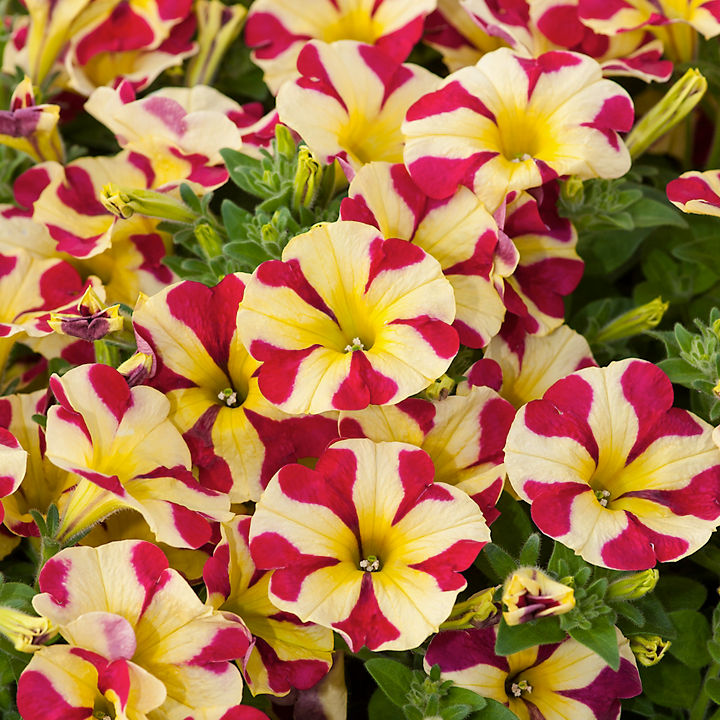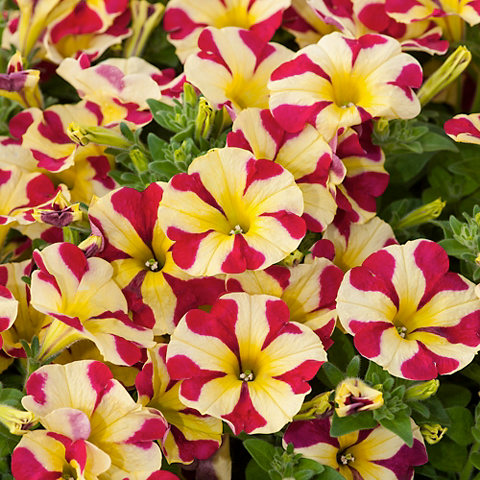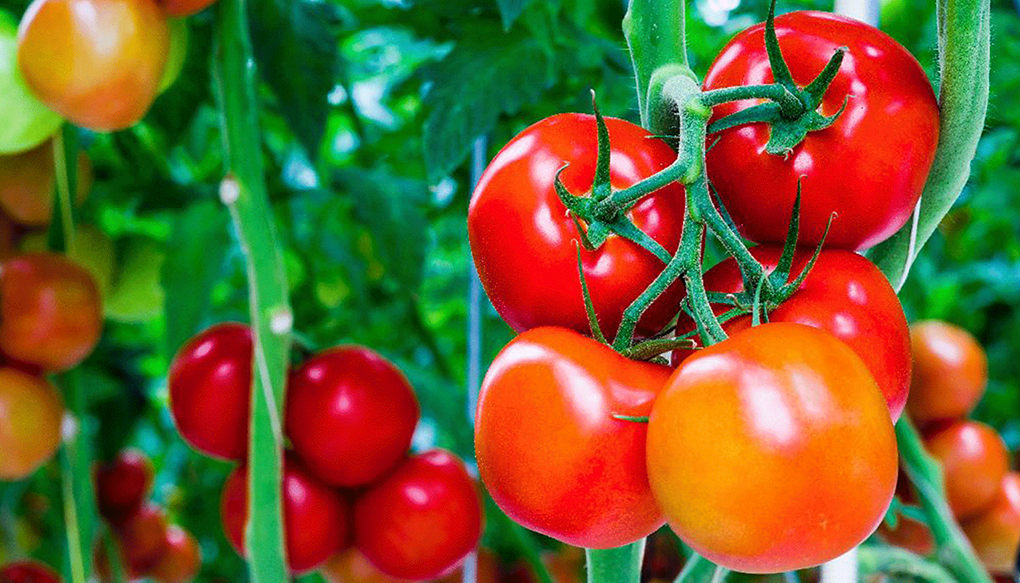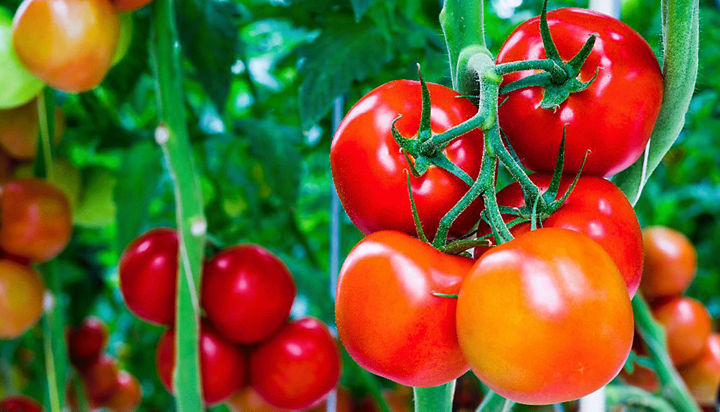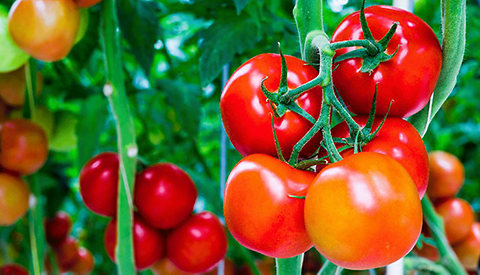May gardening jobs
Tips and advice on gardening in May
May is one of the most exciting months in the garden. It brings an abundance of new flowers, with fresh blooms opening almost every time you step outside. Bluebells and the first flush of roses are among the most obvious signs of this time of year. The garden is now at its freshest and most lush, the air is beginning to buzz with birds and insects. This makes May the perfect time to get outside and tackle those gardening tasks that make early summer so very special. Here’s your May gardening to do list.
Skip to...
May focus: Summer bedding
Now’s the time to plant out summer bedding plants. Bedding plants are brilliantly versatile, they work in beds, borders, containers or hanging baskets which can be displayed in even the smallest of spaces, so just because you don’t have a flower bed, don’t be put off. What are the best flowers to plant in May? Geraniums, busy lizzies, petunias, and cosmos are just a few of our favourite summer bedding plants. They are a brilliant way of injecting colour into your garden and can also be used in hanging pots or baskets if you have a smaller space such as a balcony.
How to grow your own tomatoes
Late May is the time for planting out your tomatoes, if you have an upright variety tie the main stem on to a tall cane for support whilst it grows. Remember to tie in the new stem as it grows upwards each week and pinch out any side shoots. For bush varieties, tie the tomatoes on to a shorter cane and allow all the shoots to grow. For more tips and advice on growing your own tomatoes, read our how to guide.
Garden jobs for May
General garden jobs
- Watch out for late frosts - protect tender bedding plants with horticultural fleece
- From the middle of the month onwards, plant tender exotics, frost-tender vegetables and sweet pea plants started off under glass
- Keep on top of weeding and hoeing
- Watch out for and deal with pests
Trim hedges
Lightly trim topiary, box hedges and other formal hedging; this will keep them tidy through most of the summer, until they’re pruned properly later in the season. Give Leyland cypress hedges their first trim of the year. And clip fast-growing hedges, such as hawthorn, and remember to water and mulch newly planted hedges. For more advice on trimming a hedge, check out our how to guide.
Vegetables and herbs
- Water the vegetable patch regularly in dry weather
- Sow swede, beetroot, main crop carrots, autumn cabbage, autumn / winter cauliflowers, broccoli, peas, radish, lettuce and spring onions
- Sow frost-tender vegetables e.g. French and runner beans, sweetcorn, courgettes and pumpkins
- Plant frost-tender vegetables once the danger of frost has passed, but harden them off first
- Continue earthing up potatoes
- Harvest lettuce, radishes, rocket and over-wintering onions
Make regular sowings of things you need little and often such as lettuce, and this month sow all your mainstream vegetables that only go in once and then take the rest of the season to reach maturity, such as swede, main crop beetroots and carrots, autumn cabbage and autumn and winter cauliflowers.
Fruit
- Water soft fruit bushes with swelling fruit and newly planted fruit trees
- Blueberries and cranberries prefer rainwater, but use tap water when water butts empty
- Protect strawberries from birds by using netting
Find out more on growing your own delicious strawberries with our simple how to guide.
Under cover
- Ventilate the greenhouse by day and water plants more frequently
- Continue to prick out and pot on seedlings, cuttings and young plants
- Continue hardening off frost-tender plants
- Plant tomatoes in early May and sweet peppers, chillies, aubergines, melons and cucumbers in late May
Lawns
- Feed established lawns if not done in April
- Remove weeds
- If you have an established lawn, it will need mowing every week now to keep it healthy and looking good
- The beginning of this month is your last chance to sow a new lawn, otherwise wait until the autumn
Caring for your vegetables
During May, it’s a question of keeping your head above water as planting and sowing is at its seasonal peak, and the more space you fill, the more watering, weeding, hoeing and thinning out there is to be done. Watering will need doing almost daily when the weather is dry, as most vegetables are very shallow rooted and a lot will have problems if they dry out. Watering needs to be consistent so they grow steadily from start to finish otherwise they may become woody and tasteless or else run to seed. If you are looking for an efficient and flexible watering system for your veg patch, consider installing a drip irrigation system.
Ponds
- Add new floating plants
- Divide overgrown water lilies or put new water lilies in the pond
- Introduce new fish to the water garden and continue to feed fish
Trees, shrubs and climbers
- Tie in new growth of climbers and wall shrubs
- Water in new plants and make sure they don’t dry out
- In mild climates, move tender conservatory shrubs in pots outside
Flowers
- Divide polyanthus and primroses after flowering
- Continue deadheading spring-flowering bulbs
- Once spring-flowering bulbs have finished, let the foliage die back naturally. The energy gained will help provide a better display next spring
Patios and containers
- Bring out frost-tender trees and shrubs from the conservatory once the danger of frost has passed
- Plant up outdoor tubs, troughs, window-boxes and hanging baskets in the middle of this month at the earliest. Watch the weather and protect them from late frost under cover
- Top-dress permanent pot plants with fresh compost and mulch
- Feed and water container plants
We need to talk about peat!
In 2023, we’ll be completely peat-free for all bagged composts.
We're committed to moving away from peat in our products, as peatlands are vital in helping to protect natural habitats and tackle climate change.
Find out more about our pledge to move away from peat in our products
Nature and wildlife
- Build your own bug hotel. Stack bricks and deck tiles and fill the spaces with sticks, pots and natural items like leaves and pine cones. Watch our video for how to create a bug hotel in your garden.
- Continue to feed garden birds and clean bird baths regularly so that the water stays fresh
- Encourage pollinating insects with fast-growing annual and biennial plants like salvia and sweet peas. Great for wildlife, they also look amazing in your garden too
- Help give solitary bees a home and build your own bee B&B. Find out how with our step-by-step guide.
May garden project: Plant a hanging basket
Summer wouldn't be complete without dazzling displays of flowers in hanging baskets. So, from around the middle of May when the risk of frost has passed - or maybe a few weeks later if you live in the north of the country - start planting up and displaying your summer hanging baskets. To help you create a stunning display, read our step-by-step guide on how to plant a hanging basket.



